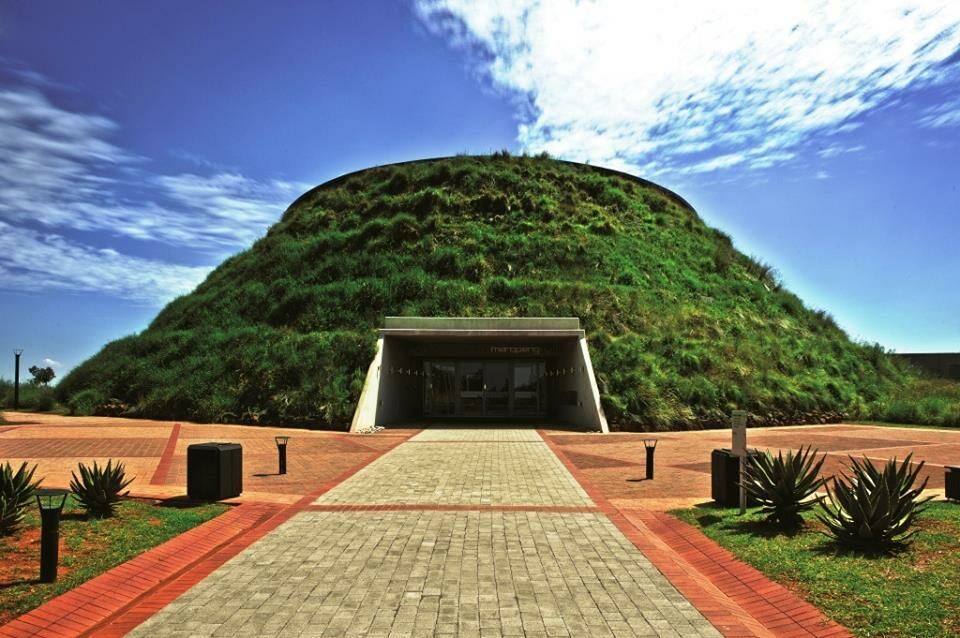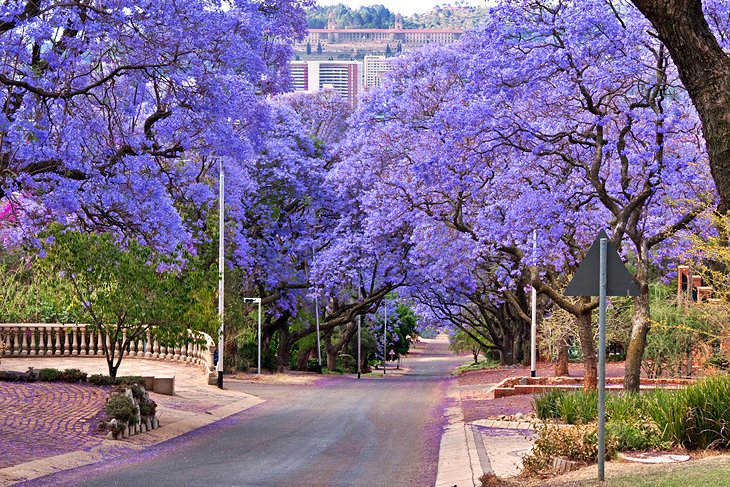All About Johannesburg North Attractions
All About Johannesburg North Attractions
Blog Article
Johannesburg North Attractions Can Be Fun For Everyone
Table of ContentsJohannesburg North Attractions Can Be Fun For EveryoneLittle Known Facts About Johannesburg North Attractions.Our Johannesburg North Attractions IdeasNot known Details About Johannesburg North Attractions Things about Johannesburg North AttractionsJohannesburg North Attractions Things To Know Before You Get This
The city owes its place to the existence of an even much more precious resource: gold. The city grew on the side of the Witwatersrand Main Reef, a subterranean stratum of gold-bearing quartz-silica conglomerate that arcs for numerous miles beneath the Highveld. A lot of the gold mines in the city ceased procedure in the 1970s, but in its day the Witwatersrand gold market accounted for even more than 40 percent of the globe's annual gold production.Johannesburg has a temperate climate. Summer temperatures average concerning 75 F (24 C); winter months temperatures average concerning 55 F (13 C) and just occasionally dip below freezing. The city takes pleasure in regarding eight hours of sunshine each day in both winter and summertime. Rain standards concerning 28 inches (700 millimetres) per year, however the total varies significantly from year to year.
What rain the city gets falls practically solely in the summertime, commonly in spectacular late-afternoon electrical storms. Air contamination presents a substantial problem, specifically in the winter months, when thermal inversions restrain the westward flow of air from the Indian Ocean. Contamination is most extreme in the largely cleared up Black areas on the city's perimeter, where several citizens still count on coal for fuel.

The Greatest Guide To Johannesburg North Attractions
The equilibrium of the city is inhabited by whites. Accommodation varies in personality and high quality. Soweto is notorious for its unlimited rows of municipally developed, two-room matchbox homes, yet it also has a couple of prosperous territories in addition to brimming squatter camps, where tens of thousands live without water, electrical energy, or hygiene facilities.
Physical growth, although somewhat limited by transport, continued swiftly as migration to South Africa, and Johannesburg in specific, boosted drastically.
Most poor suburban areas were blended, with poor blacks and whites living with each other, although the rich suburbs were usually booked for whites. This transformed with the election of the National Event in the 1948 elections, that started to formalise the system called discrimination. Racism officially marked which suburbs each race might live in under the Team Locations Act.
The previous system of eleven phoned number regions was reorganised in 2006. Marshalltown, as seen from the top of the Carlton Centre. The M1 and M2 run behind the structures, and the southerly suburban areas prolong past the freeway border. The internal city of Johannesburg lies within the city's Region F. The approximated population of the area is 200,000, [] The number of people living in the internal city on a casual basis is unidentified, as many are illegal immigrants. The majority of higher-income citizens and white people have actually moved to the north suburbs and have get redirected here been replaced by lower-income Read More Here black individuals. The joblessness, education and learning, and age profiles of the location are all unidentified, because of the difficulty of acquiring reliable information about the location.
Unknown Facts About Johannesburg North Attractions
Yeoville and Bellevue have a mix of apartment and single residential units on small great deals. The region is located on a mountainous divide that ranges from eastern to west. The most obvious geographical function is Observatory Ridge, which is named for the large observatory located on it. The entertainment rooms are no more utilized, because of security troubles.

More About Johannesburg North Attractions
The eastern suburbs are some of the oldest locations of Johannesburg, there are huge communities of Jewish and other European backgrounds, the majority of the populace is English talking. There are three golf programs as well as a number of safeguarded ridges with viewsites.
The area is primarily composed of old "matchbox" residences, or four-room homes built by the federal government, that were built to provide inexpensive holiday accommodation for black workers during discrimination. Soweto is an acronym, representing "South Western Townships". Street after street in this field is lined with matchboxes; nevertheless, there are a couple of smaller sized locations where flourishing Sowetans have actually built houses that are a lot more comparable in stature with those in more upscale residential areas.
Hostels are an additional famous physical function of Soweto. Originally built to house male migrant workers, many have actually been boosted as houses for pairs and families. The N1 Western Bypass skirts the eastern border of Soweto. The suburb was not historically enabled to develop work centres within the location, so mostly all of its residents are travelers to various other parts of the city.
The Of Johannesburg North Attractions
The property areas in the northern suburbs are mainly formal, with pop over to this site no significant areas of casual real estate, or real estate that lacks a permanent structure. This is a recognized location, there is a trend of land use change from domestic to business, particularly along main arterial roadways and around well-known nodes.
The area is well linked to road networks, specifically along the north-south axis created by the M1 and N1. Roadways to the eastern and west are less well established, as there are no highways travelling because instructions. In the direction of the north boundary of the city, the thickness of growth decreases, leaving large locations of undeveloped land around Midrand.
The 9-Minute Rule for Johannesburg North Attractions
, which is located on a hillside overlooking the inner city and Hillbrow.
Report this page